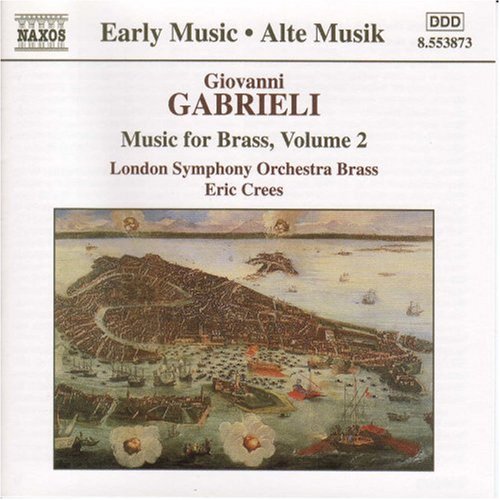
Cozzi, Annachiara
As a result of the rapidly growing literary market, the years between 1870 and the turn of the century witnessed an unprecedented flow of collaboratively written novels. In the 1890s, co-authorship became a craze, with literary partnerships multiplying and fiction co-written by twenty and more authors appearing in the pages of popular magazines. By 1900, however, the trend had already reversed, and it quickly slipped into oblivion. Late Victorian Literary Collaboration investigates the factors that made the period so conducive to collaboration, tracing the reasons for its success and subsequent decline. Drawing on a vast range of original sources, the book discusses and compares different models of collaboration, from life-long, exclusive partnerships to one-time, widely-advertised collaborative ventures between best-selling novelists. It deals with authors such as Walter Besant, Somerville and Ross, Andrew Lang, H.R. Haggard and Rhoda Broughton, all favourites of the Victorian public but subsequently neglected and only recently reevaluated. By unpacking the debate that developed around co-authorship in the periodical press of the time, the book also sheds light on how collaborative authorship was imagined by the general public, and illustrates how the trend effectively - if temporarily - challenged Victorian assumptions about the author as a solitary genius.







